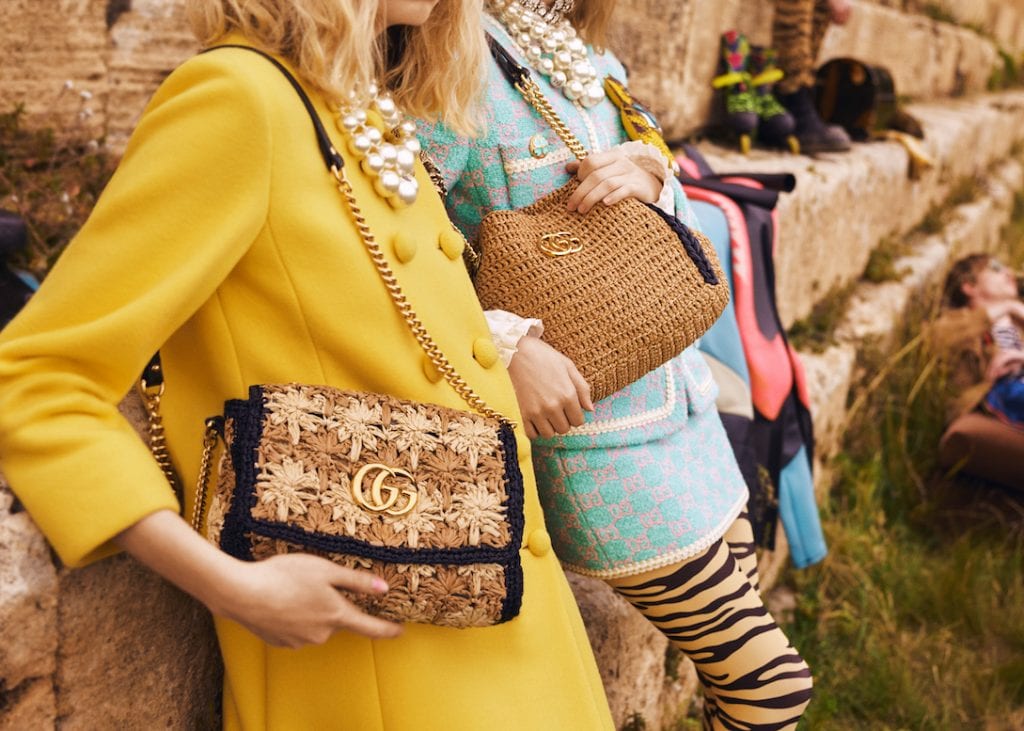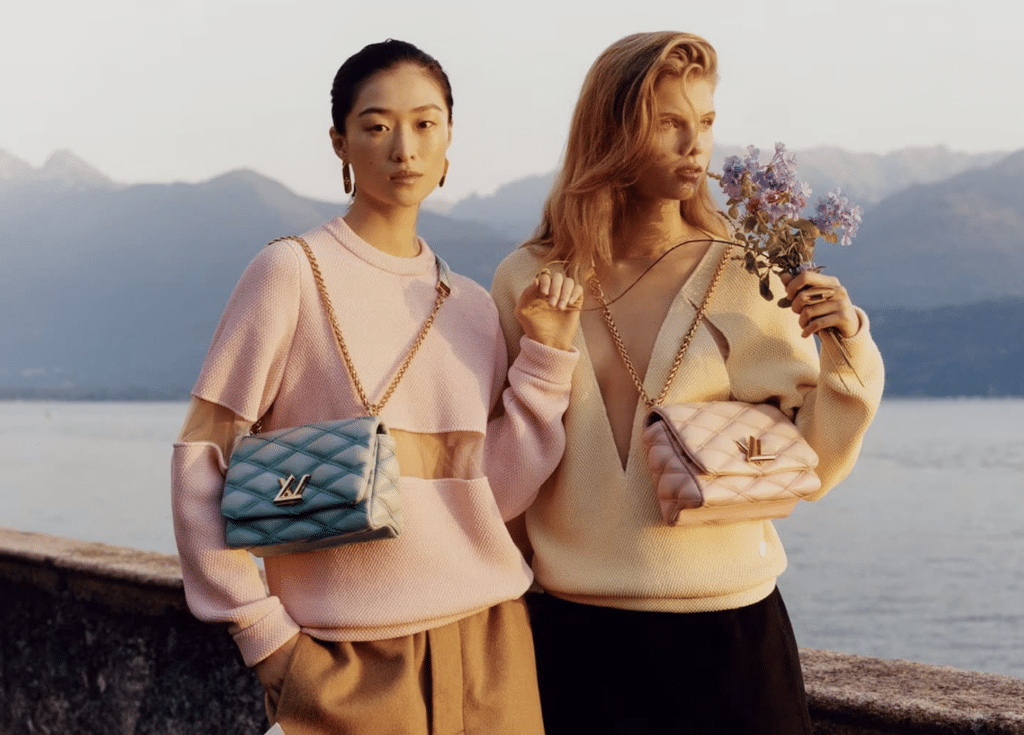Retail has been among the most heavily-impacted sectors across the globe as a result of the COVID-19 pandemic. As the epicenter for the outbreak of the virus in January 2020 (and also the nation responsible for 90 percent of the growth in the personal luxury goods market or some $21 billion in sales, according to Bain & Co. and Altagamma), China is now one of the first economies to show signs of recovery, and retailers are looking to identify and understand any emerging patterns in order to help predict how retail will recover in the west – and how long it will take to do so – following mandated store closures and other enduring restrictions.
At the initial start of the COVID outbreak in China in January and February 2020, retail sales fell by 20.5 percent on a year-over-year, leaving luxury brands across the globe to brace with what former LVMH chair Pauline Brown called “a disaster for virtually every company in the sector.” With stores closed, the already-strong Chinese e-commerce industry experienced a boost in the midst of the spread of the virus. Consumers resorted to e-commerce for essentials, and retailers, including those traditionally thought of as existing in a predominately “offline” capacity, experimented with livestreaming e-commerce to try to recover their loss of sales. Just as the likes of Amazon have thrived in the west, Alibaba-owned e-commerce platform TaoBao and fellow Chinese e-commerce giant JD.com, for instance, reported that online sales of groceries and other consumer essentials grew significantly during quarantine.
By March 2020, signs of recovery were beginning to show as stores started to reopen, and by the time May rolled around, the year-over-year sales decline in China had shrunk to just 2.8 percent, with some segments of the market, such as luxury goods, seeing a relatively rapid recovery. Yet, despite such store openings, as part of a larger trend in COVID-era e-commerce, new customer segments and markets have moved online, and that behavior is expected to continue in China, as well as in “other geographies,” according to McKinsey, in the wake of the lifting of lockdowns.
Studies have shown that as of May, for instance, more than a quarter of Chinese shoppers had shifted away from their primary stores, namely, grocery stores, during COVID-19, with 18 percent of them saying that they switched in favor of an “online store or mobile app-based store,” per McKinsey. Hardly a pandemic-specific behavior, 47 percent of them revealed that do not intend to switch back.
At the same time, when it comes to luxury goods consumption, consumers are exhibiting similar behavior, and looking online. Speaking specifically about online sales in an investor call late last month, Hermès executive chairman Axel Dumas revealed that e-commerce transactions increased by 100 percent or more in China during the first half of the year, and have been on the rise even as stores re-open. This mirrors the sentiment that Gucci’s parent Kering stated in connection with China’s enduring e-commerce use post-COVID in its own first-half revenue report.
While many of these companies – from grocery stores to luxury brands, alike – have traditionally relied more on brick-and-mortar stores, the lockdown has made many re-think their strategy. Not only are brands likely to prioritize their own efforts, including by boosting their personalization efforts in digital marketing, for example, they are expected to “explore new ways of partnering with established e-retailers.” For instance, JD.com reported that around 20 luxury brands have opened stores on its online marketplace since January 2020, and Alibaba’s Tmall has engaged brands in a new way, namely, via its recently-launched Luxury Soho platform, which enables brands to sell off their unsold wares at a discount, something that will prove essential due to the excess inventories that many brands are amassing due to the fact that many of their brick-and-mortar stores were closed for months.
In China, in particular, this larger movement towards omnichannel distribution by brands situated across the spectrum is expected to continue given the younger, more tech-savvy demographics of luxury consumers, and the lure of collaborating with large online platforms in addition to in-house brand websites may challenge the brand positioning of traditional luxury brands.
That Status Quo & Looking Ahead
The current stats quo for retail in China is relatively easy to discern: consumers are shopping. At the reopening of its flagship store in Guangzhou, Hermès reportedly generated $2.7 million in sales in a single day, as restrictions were relaxed and consumers returned. LVMH Moët Hennessy Louis Vuitton – the Paris-based conglomerate that owns Louis Vuitton, Dior, Celine, and Givenchy, among many other brands – generated increased sales of up to 50 percent in April in some parts of China. In reporting its financial results for the second quarter of the year, the group stated that “Asia has seen a marked improvement in trends, with a strong rebound in China in particular.” These instances fall neatly within the burgeoning trend of “revenge buying,” which has seen Chinese consumers rush to make up for lost time by spending large sums on luxury goods.
There are mixed signals, however, as to what the longer-term impact COVID-19 will look like in terms of consumer sentiment in China. It is forecast that half of Chinese luxury spending will be domestic by 2025, and there are already figures to support this trend. Bain, for instance, states that Chinese consumers made 27 percent of their luxury purchases in China in 2018, up from 23 percent in 2015, and anticipates that this share will increase to 50 percent by 2025.
When the desire to get “revenge” via shopping passes, some analysts predict that luxury spending is likely to stabilize against the backdrop of a global economic downturn and political uncertainties, while spending on necessities like groceries, and health/wellness-related products, such as supplements, home workout equipment and wearables, is likely to rise, as consumers’ attitudes shift and become more health-conscious, not unlike how they did in the wake of the Great Recession in the west when green juices and expensive SoulCycle classes became the new indicator of luxury status.
Meanwhile, as more localized spending patterns have developed during lockdown, this is expected to endure in China (and beyond), thereby, potentially accelerating the relatively nascent-but-growing pattern among Chinese consumers to look to native brands when it comes to quality and luxury, thereby, standing to increase the market share of Chinese domestic brands.
Stephanie Northcott is a lawyer at RPC, with experience across a broad range of corporate and commercial matters, both in the UK and in Hong Kong.
Jason Carmichael is a lawyer at RPC, whose experience covers advising on corporate and commercial transactions in Hong Kong and elsewhere in the Asia region. (Edits/additions courtesy of TFL)











